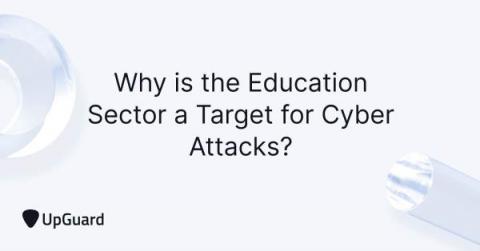Security | Threat Detection | Cyberattacks | DevSecOps | Compliance
Education
AT&T Cybersecurity: championing global cybersecurity education & awareness
In an era dominated by technological evolution, Cybersecurity Awareness Month 2023, now celebrating its 20th year, accentuates the growing significance of cybersecurity. This initiative encourages individuals and organizations to embrace crucial cybersecurity measures to help with online safety. AT&T Cybersecurity once again demonstrates its commitment to this cause by actively participating in this pivotal educational month.
Practical Insights To Improve Security Awareness in Higher Education
I am a strong believer that understanding cybersecurity as part of an organization-wide process is of the utmost importance. Cybersecurity awareness professionals are critically aware that to improve the security posture of an organization, one must involve many stakeholders, e.g., management, HR, IT, legal and compliance. Higher education is making important strides in improving cybersecurity readiness, but much is yet to be done.
Cybersecurity Compliance in the Education Industry: How to Protect Students' Personal Data
The education industry is facing a growing threat from malicious cyberattackers, both external and internal. According to the Cyber Attack Trends report by Check Point Research, the education and research industry suffered from 44% more cyberattacks in the first half of 2022 compared to the same period in 2021. Therefore, cybersecurity in the academic industry is of paramount importance now.
Cybersecurity Careers: Navigating the Education Path
Safeguarding K-12 Education: A Whole-of-State Approach to Cybersecurity for Chromebook-Centric School Districts
In today’s rapidly evolving digital landscape, K-12 school districts are harnessing the power of technology to transform education. The widespread adoption of Chromebooks has revolutionized the learning process, providing students with tools for collaboration, research and creativity. However, along with these advancements come unprecedented cybersecurity challenges that demand a comprehensive strategy.
CrowdStrike's Solution to Help School Districts Meet Cybersecurity Challenges
IT administrators and security teams are back to school and busy preparing for new students and new challenges. Technology is now an integral part of K-12 education — since the pandemic, ChromeOS devices like Chromebooks have revolutionized the learning experience, enabling students and educators to access a wealth of resources and collaborate seamlessly from almost anywhere, evolving the way students learn and teachers teach.











